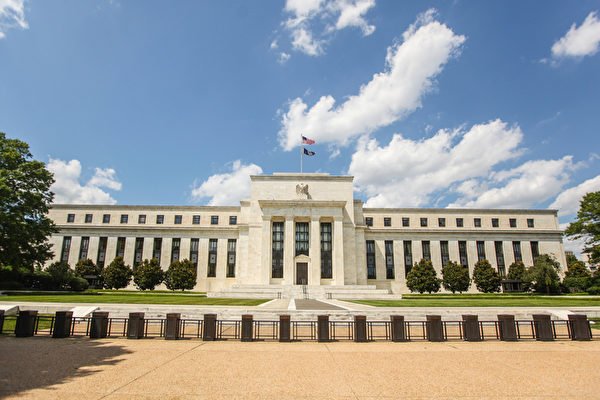On Wednesday, the Federal Reserve maintained interest rates unchanged while indicating a recent slowdown in the pace of inflation. This suggests that if the economy remains stable, the Fed will continue to monitor and wait for a better opportunity to adjust rates.
In its policy statement released on Wednesday, the Fed emphasized a lack of further progress in cooling inflation over the past few months.
In the past, the Fed believed that the U.S. economy was moving into a “better balance” in achieving its goals of price stability and full employment. However, officials hinted this improvement has stalled and has tended to become more balanced over the past year.
Additionally, the Fed approved a slowdown in its quantitative tightening program to extend the end date of the emergency pandemic stimulus program launched four years ago.
Compared to the decisions made after the March meeting, the most significant change in this Fed statement is in the action plan for reducing the balance sheet. The Fed will cut more than half of the upper limit of monthly reductions in the size of U.S. Treasury securities planned.
Since 2022, the Fed has allowed a maximum of $600 billion in U.S. Treasury securities to roll off its balance sheet each month. Starting in June, the Fed will slow this down to $250 billion per month.
The balance sheet refers to the Fed repurchasing maturing bonds, which are no longer traded after maturity, leading to a simultaneous reduction in government assets and liabilities, effectively withdrawing cash flows.
The Fed kept the benchmark federal funds rate within the range of 5.25% to 5.5%, which is in line with market expectations. Investors generally expect the Fed to once again choose to hold rates steady at the mid-June meeting, as rising inflation data has dampened prospects for rate cuts.
In 2022, the Fed quickly raised rates from near-zero levels to combat inflation reaching the highest level in 40 years. As of July 2023, officials had raised rates in 11 out of 12 meetings and have since kept rates steady.
The federal funds rate affects other borrowing costs in the entire economy, such as mortgages, credit cards, and business loans. According to Freddie Mac, last week’s average rate for a 30-year fixed-rate mortgage was 7.17%, higher than 6.61% at the end of last year.
Rising rates have also increased the interest costs on the U.S. government’s over $27 trillion in public debt. These expenditures are expected to exceed defense spending in 2024.
The Wall Street Journal reported that disappointing inflation data, coupled with signs of economic recovery, shattered investors’ expectations of Fed rate cuts. It may take a few more months of soft inflation data this year for the Fed to resume such discussions.
At the March meeting, economic forecasts indicated that most officials expected two to three rate cuts this year. However, the inflation report for the same month reduced investors’ expectations for rate cuts, with many now expecting only one rate cut this year.
Fed Chair Powell stated in a press conference in March that “recent data clearly has not given us confidence that inflation can sustainably decline to 2%,” and, “instead, suggests that achieving this confidence may take longer than expected.”
The core inflation index, which excludes volatile food and energy prices, showed a year-on-year growth rate of 2.8% in March, lower than 4.8% in March 2023.
However, over the six months ending in March, the price annual growth rate was 3.0%, higher than 1.9% over the six months ending in December. The Fed’s goal is for inflation to gradually decline to around 2% over time.

